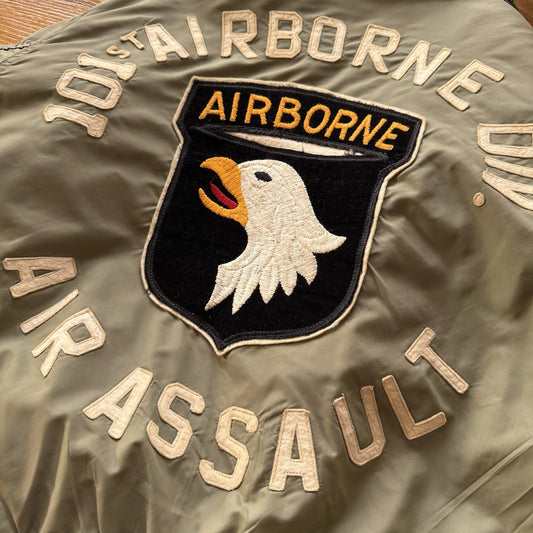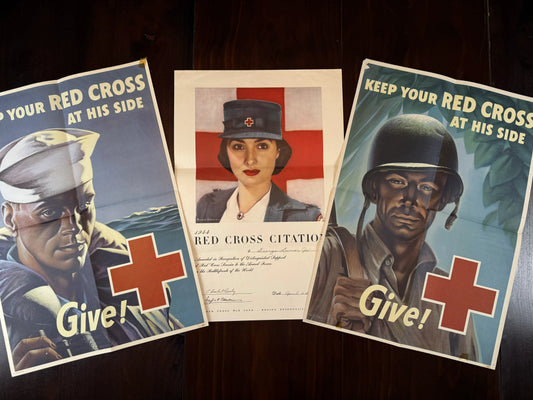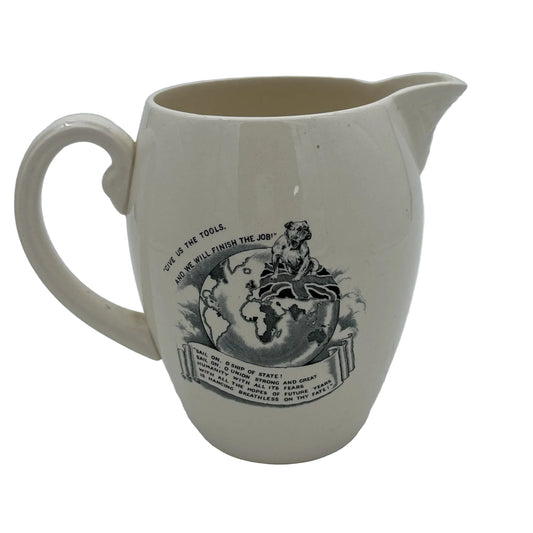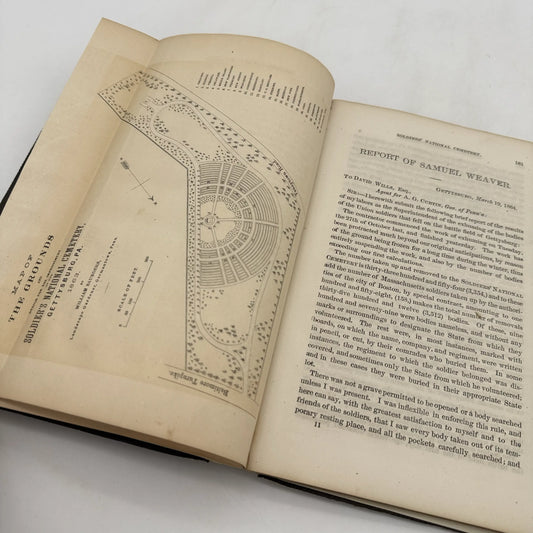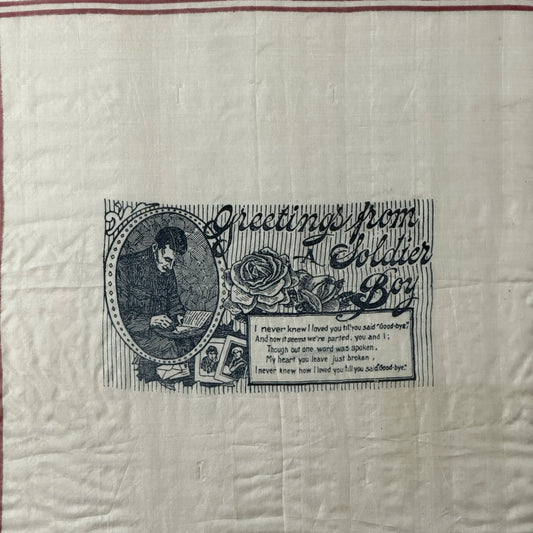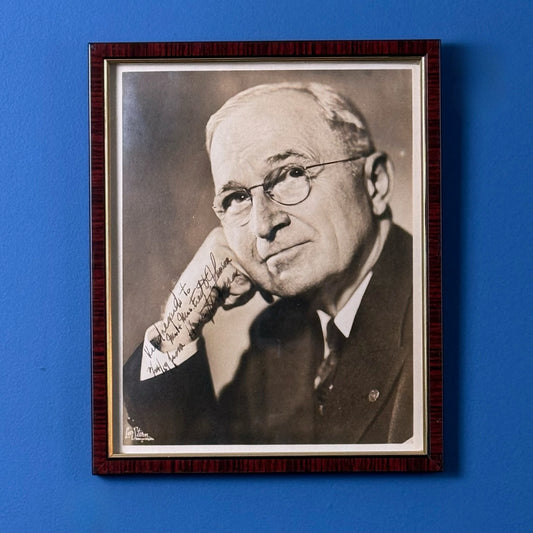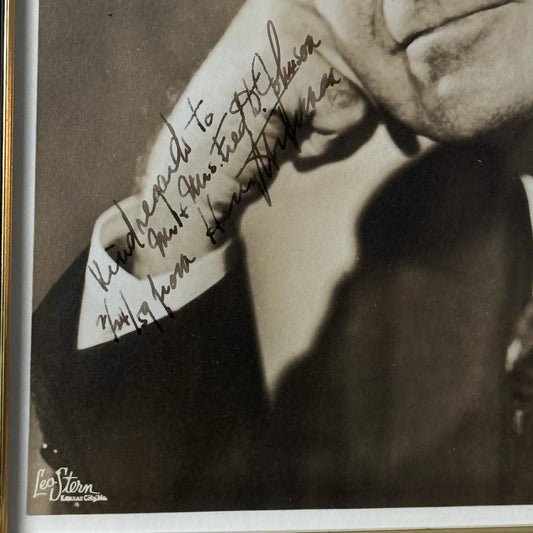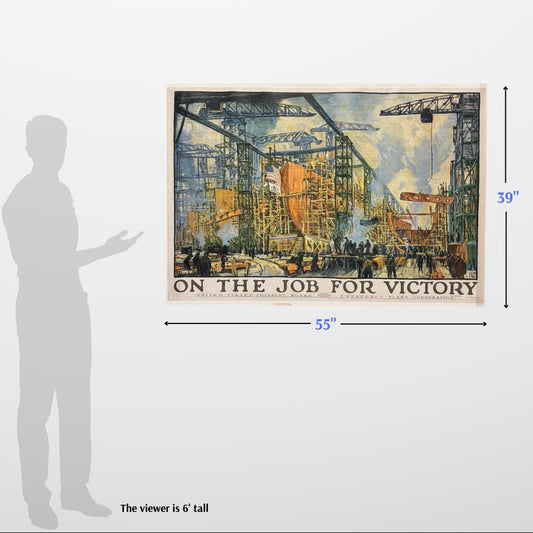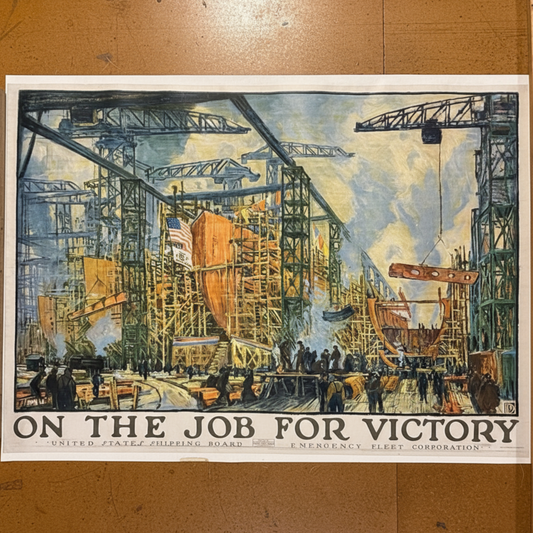Historical plates from Staffordshire and Wedgwood
Historical plates from Staffordshire and Wedgwood
Updated at May 10: All plates are sold.
Four designs from Staffordshire and Wedgwood depict notable events in our nation's history:
-
Spirit of ‘76
On the front:
Spirit of ’76 in center, with these around the outside:Old Bridge at the head of the river — New Bedford
On the back:
School House where Nathan Hale taught at New London
Death of Captain Lawrence — “Don’t give up the ship”
Palmers Island Light — New Bedford
No. 15 Ye Olde Historical Pottery
Staffordshire, England
Made in British Anchor England
-
Birth of the American Flag
On the front:
George Washington
George Ross
Robert Morris
At the bottom:
The Betsy Ross House [Phila
is where the first American Flag was made
Adopted by Congress
June 14, 1777
On the back:
Birth of the American Flag
Wedgwood
Etruria
England
-
The Battle on Lexington Common
On the front: Image of the Battle on Lexington Common
On the back:
The Battle on Lexington Common
April 19, 1775Sole Importers
Jones, McDuffee & Stratton
BostonWedgwood
Etruria, England -
Landing of the Pilgrims
On the front: Image of the landing of the Pilgrims
On the back:Landing of the Pilgrims, Plymouth
Sole Importers
Jones, McDuffee & Stratton
BostonWedgwood
Etruria, England
Sizes range from 9" to 9.25"
Shipping: $10/plate. Please allow one week for shipping.
Historical Background on the Wedgwood Plates
Jones, McDuffie & Stratton - JMS - Old Blue Historical Plates Imported From Wedgwood for the American Market
The following article was written by our friends Professor Keith McLeod and Jim Boyle whom we have known for many years through the Wedgwood International Seminar. We do not have the illustrations to the article, so some minor changes have been made to the text, but it is virtually the original article written by our good friends. Hopefully this information will explain more of the history of not only the Wedgwood college and university plates, but the Wedgwood Old Blue Historical plate scenes and other JMS Americana which we have in stock. Our personal Wedgwood collection contains many of these 9 inch plates, and some of the larger ones, all reminiscent of family history, fun vacations or interesting connections to our lives. Words within brackets [ ] are comments by me and were not in the original article.
Wedgwood and the Boston Connection
By Keith A. McLeod and James R. Boyle
This Boston company was founded in 1810 by Otis Norcross on Fish Street on the waterfront. In 1827 Otis' son, also named Otis, took over the business: the company, still operating under the Norcross name was run by him until he retired from the business to become Mayor of Boston in 1866. In 1853 Jerome Jones began to work for Norcross, Louis McDuffee, who was born in Quebec, joined in 1863 and Soloman Stratton, a Bostonian, joined and replaced Norcross in 1866. The firm became 'Jones, McDuffee and Stratton' in 1871 and was known by that name until it ceased to exist after it celebrated its 150th anniversary in 1960. The first item made by Wedgwood exclusively for Jones, McDuffee and Stratton was a calendar tile in 1881. It was the beginning of a long and prolific association. Wedgwood went on to produce hundreds, if not thousands of designs and pieces for the Boston company. They specialized in producing historical American china - scenes, events, personalities, buildings, monuments, educational institutions, civic and national landmarks, and ships for which they are well known. The company is also well known to collectors for the 'calendar tiles', which were made annually from 1881 to 1929 [as advertising give-aways for JMS].
The Boston Company did a thriving business with Wedgwood, not only producing Americana but importing a great deal of Wedgwood and products from other factories, which produced pottery, porcelain, and bone china as well as glass. They were the largest wholesaler and retailer of china and glassware in the United States by 1910. The firm, by 1975, had changed its status, and role in American business. Jones, McDuffee and Stratton had become a subsidiary of Food Service Equipment & Design Corporation, of Boston. The firm has changed from its commemorative role; no more historical plates were produced after the 1950s. In its heyday the company was known by its logo "sole importers" which was included on the backstamp.
As near as we can estimate the 'system' went like this: an American business would express the wish to have a particular item or commemorative piece, Jones, McDuffee and Stratton, who employed artists would produce the artwork for the plate, for example, then send the order to Wedgwood, who would manufacture the ware, place Jones, McDuffee and Stratton's mark on the product and ship it to Boston to their warehouse on Farnsworth Street, which was connected to the Cunard White Star harbour facilities and to a rail spur. From the warehouse the china was sent across the United States and to Canada.
Pictorial souvenirs had been made by many potteries in England since the latter part of the 18th century. In fact, many companies had preceded Wedgwood in producing commemorative ware, including that for the American market. It seems to have fallen to Jones, McDuffee and Stratton to involve Wedgwood in this thriving business, which began with the advertising calendar tiles (1881) and grew tremendously with the rising national consciousness of "America" and of the American, in the latter part of the 19th century. The Wedgwood historical plates began in 1899. It was an era of high nationalism and fervent patriotism. It was also a period of increased wealth in middle America. It almost seems like Wedgwood did not respond to the fad until an importing company decided to take the initiative. However, one could argue that an American firm was much better placed to respond to the American market. It would appear obvious that Jones, McDuffee and Stratton took the risk, and the role of promoter. They were in a position to know the American market. One is left with a couple of historical questions. First, to what extent did Jones, McDuffee and Stratton lay the ground for the establishment of the Wedgwood office in the U.S. in 1906? And, secondly, did the establishment of a Wedgwood office to wholesale in the U.S. diminish or lead to the demise of the importing company in Boston? A Canadian equivalent to Jones, McDuffee and Stratton did not emerge until the 1920s. Linton and Sinclair of Saint John, New Brunswick tried to promote the importation of Canadian commemoratives, including orders from Wedgwood such as the Evangeline plates as well as famous Canadian scenic views such as 'The Reversing Falls' in Saint John and 'The Bore' on the Petitcodiac River. Linton and Sinclair did not survive the 1930s.
The first group of 'Wedgwood Old Blue Historical Plates' was 35 views that could be bought singly or in sets at their Boston premises through the mail, or from local retailers who stocked the items. For a customer to buy the plates, the price was standard in any shop, 50 cents, at the insistence of the wholesaler. By 1904 the plates had sold so well that the retail price was reduced by Jones, McDuffee and Stratton to a standard 35 cents. The company had also increased the number of views available from 35 to 68. [Today, there are over 1200 known scenes which were produced on either these smaller plates or full sized dinner plates by Jones, McDuffee & Stratton, featuring people, places and events from the arrival of the Mayflower in Plymouth Harbor to the beautiful Spanish Missions of California. lvc]
The competition by retailers to order plates was enhanced by the fact that stores could get their name placed on the backstamp at the factory along with the Wedgwood logo and that of Jones, McDuffee and Stratton. Hence a plate might have two or three 'credits' on the back. There was, of course, usually scene or local identification or the person's name on the reverse. These plates are usually considered to be a series as they are all in blue and white and have the same border. The popularity of the plates was not only related to feelings of local or national pride but to practicality of decoration. The 'plate rail,' a decorative feature of the last few decades of the 19th century, provided the housewife with a device for the conspicuous consumption of plates. There the household could feature their tastes, feelings, penchants, backgrounds, or status. They could reach up and use the plates then restore them to their decorative function.
As the sales of the historical series diminished, Jones, McDuffee and Stratton moved into the 'College' market. [Sorry Keith, the college plates began pretty early, while the historic plates were still being made and widely distributed.] The leading school was Harvard University with 48 views in four [actually 6] series. They were for sale individually or in sets. Many universities and colleges commissioned items or even series. The runs were often small but in some cases there were repeat editions. Although other companies still produced college ware, Jones, McDuffee and Stratton ceased producing these items in the [mid 1950s when the company was bought out and later left this business altogether. lvc] The collaboration between Wedgwood and Jones, McDuffee and Stratton lasted some 75 years; sales were good and the result is that we have many different views of the historical past and-commemoration of schooling and college life. The Boston company became the celebrated agents of American life, education and history.
(The transfer print process is no longer used by Wedgwood, their copper plates having all been destroyed, so newer plates will never have the quality of the earlier production.)
Source: AlexisAntiques.com
Made by America
Made by America
Almost all of the new products we offer are designed by us and made in America and most of our Rare Finds were made in America.
Our original designs are based on our nation’s history and our love of American history. Read more about other things we've created, including The History List, History Camp, and The Pursuit of History, in addition to The History List Store.
Every product that is made in America states that in the product description and includes the "Made in U.S.A." graphic.
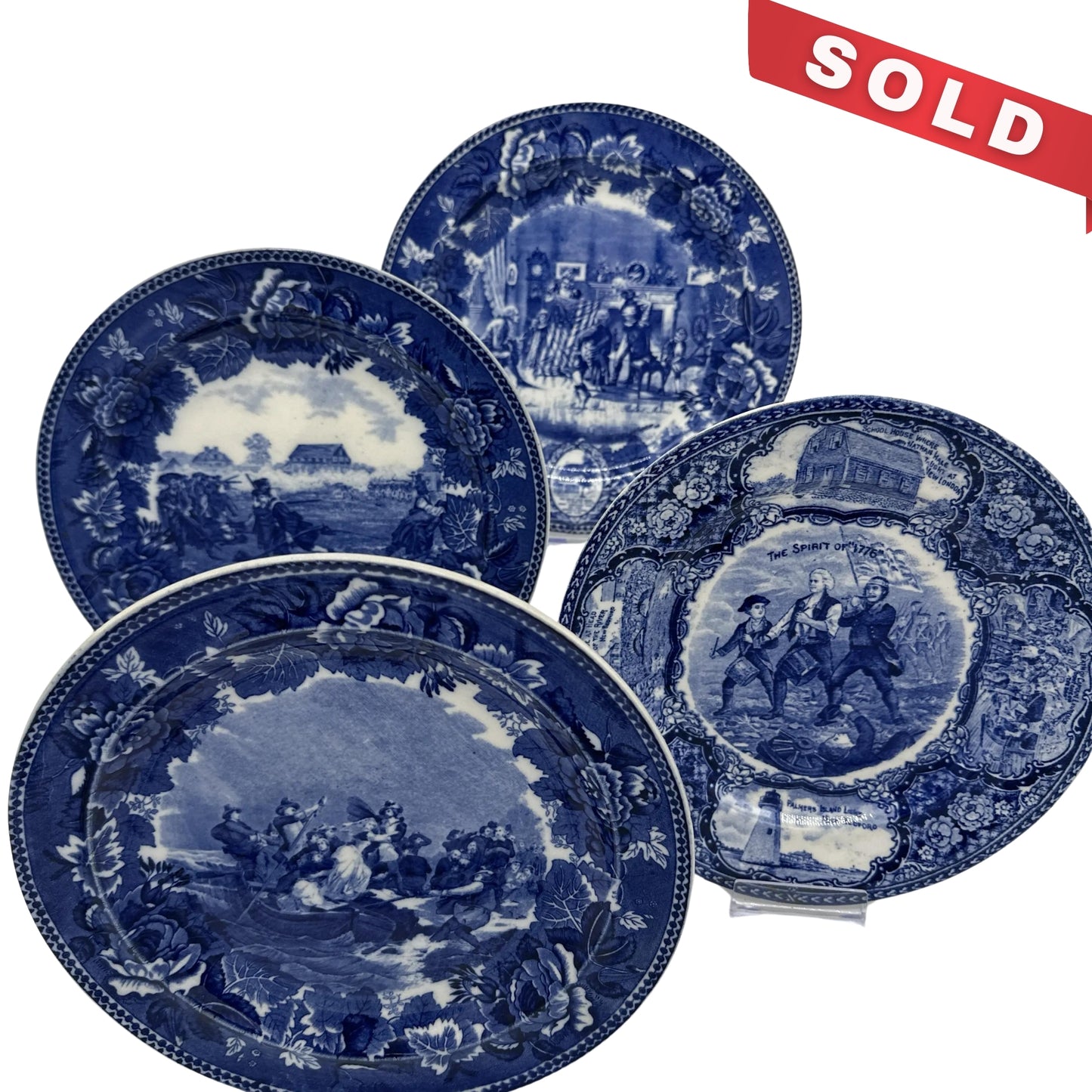
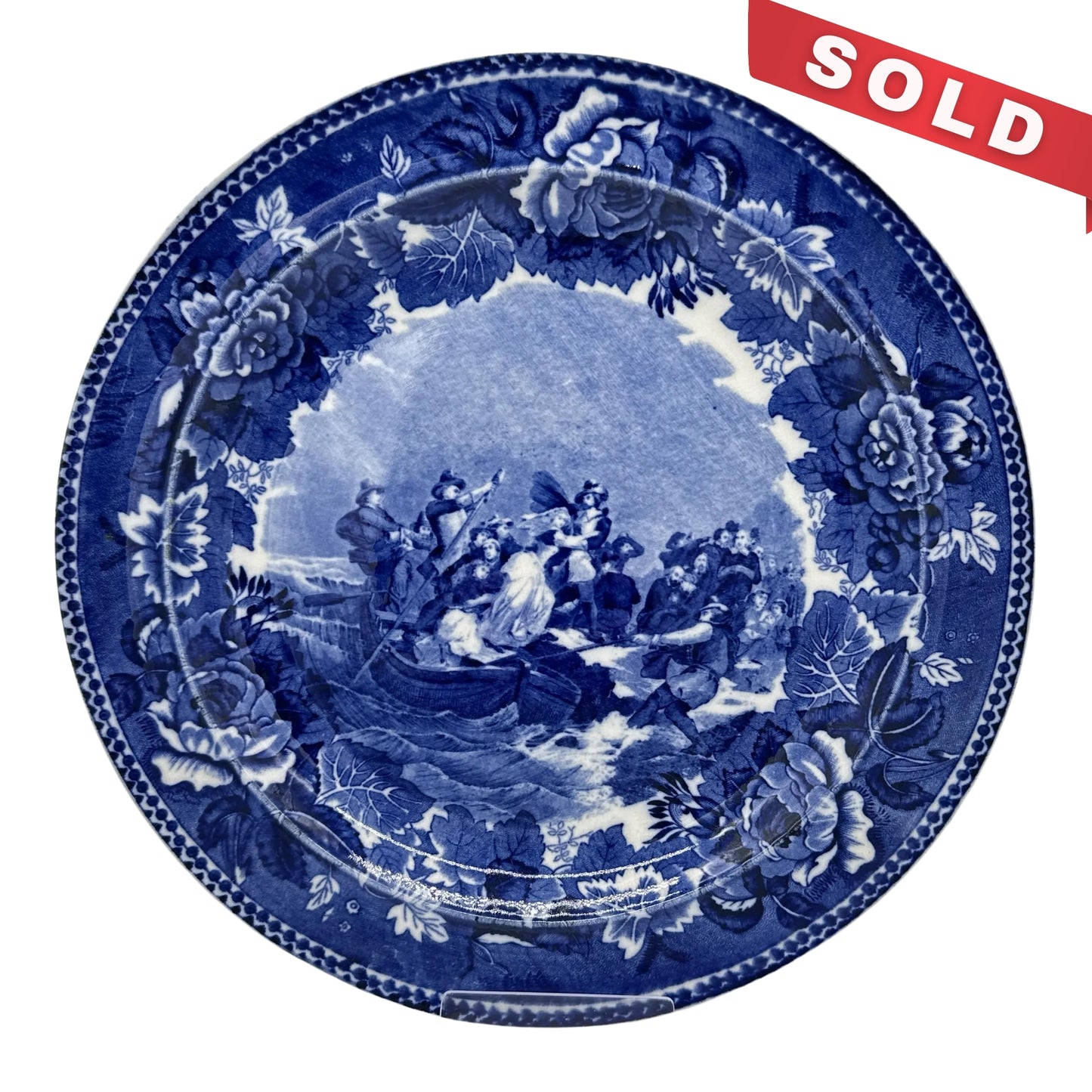
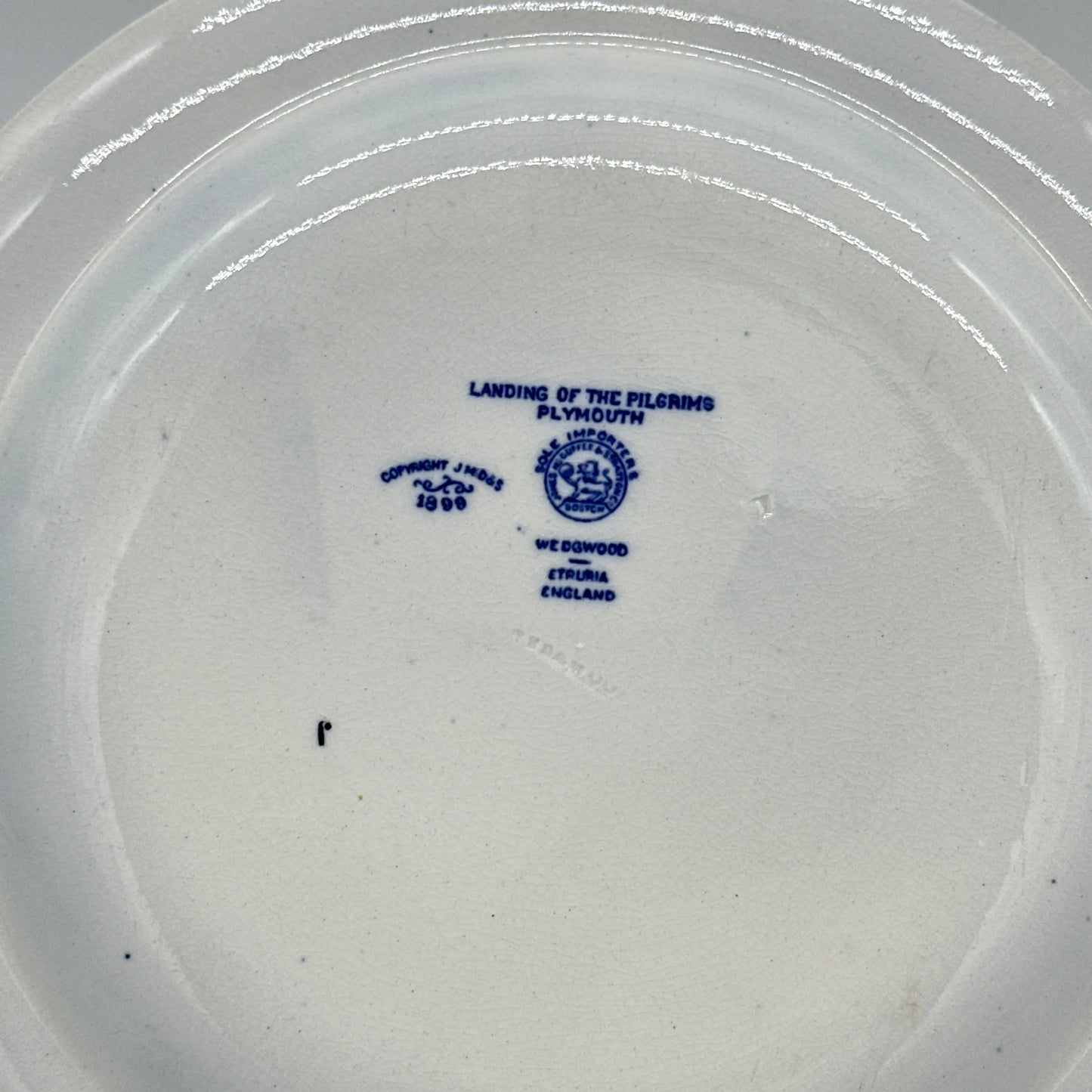
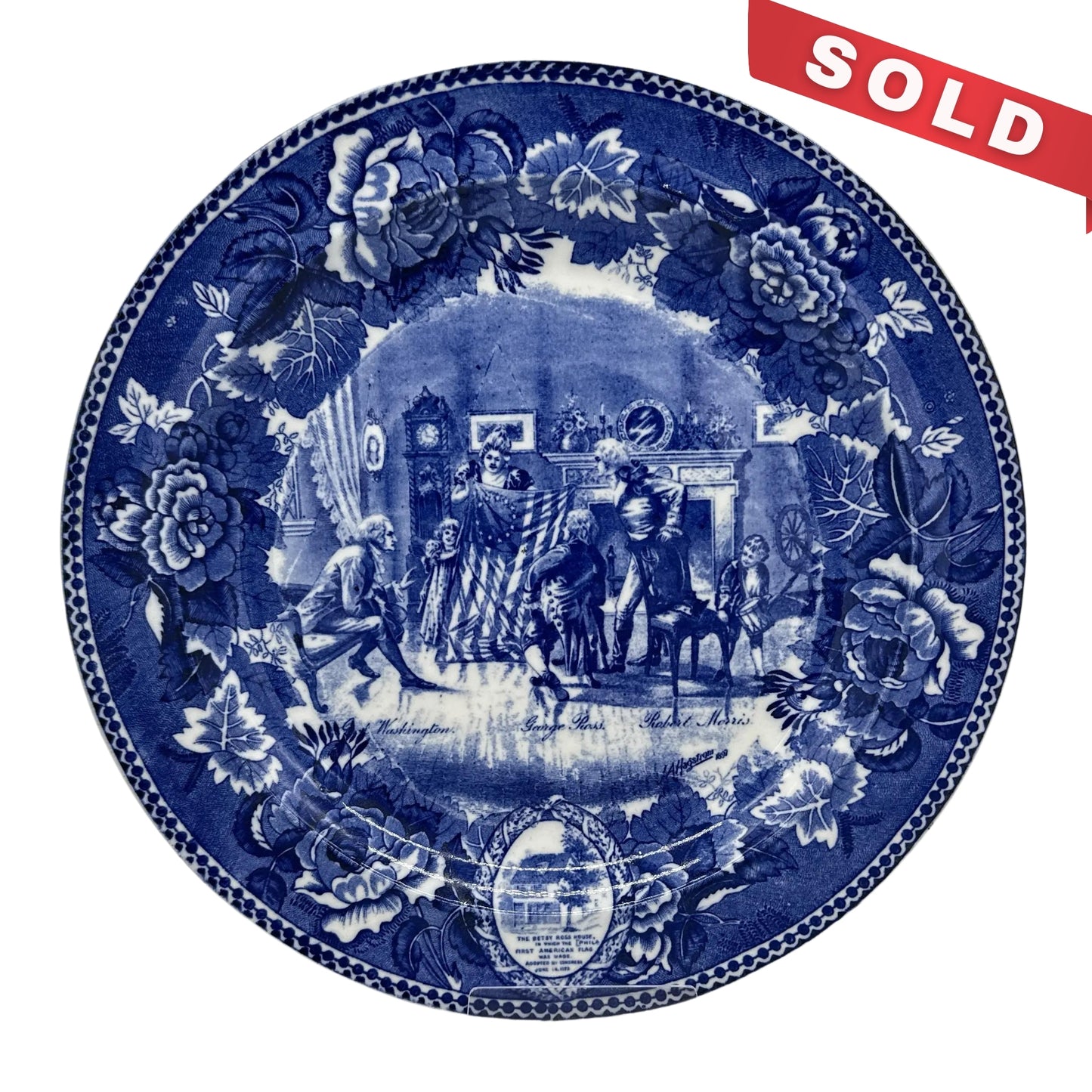
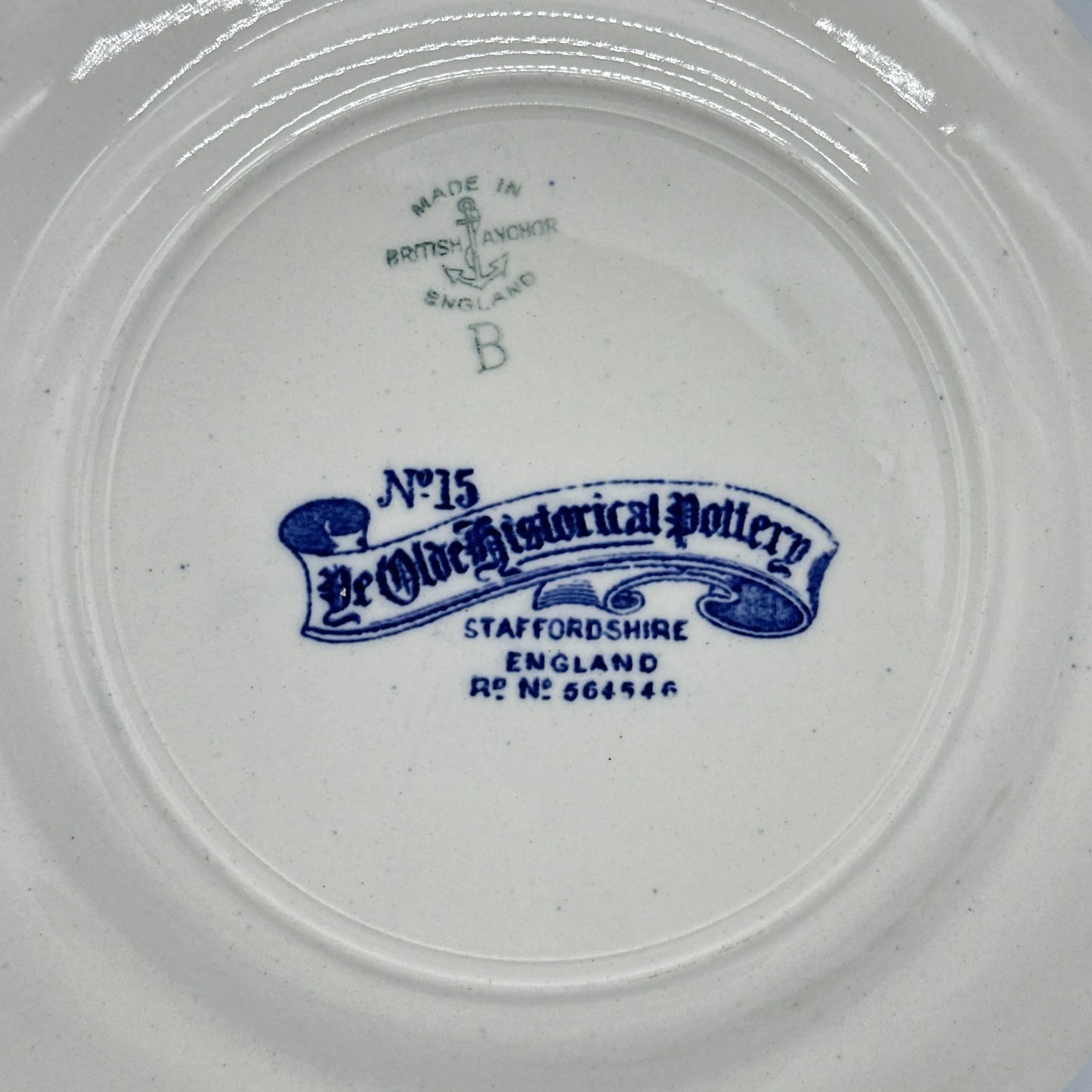
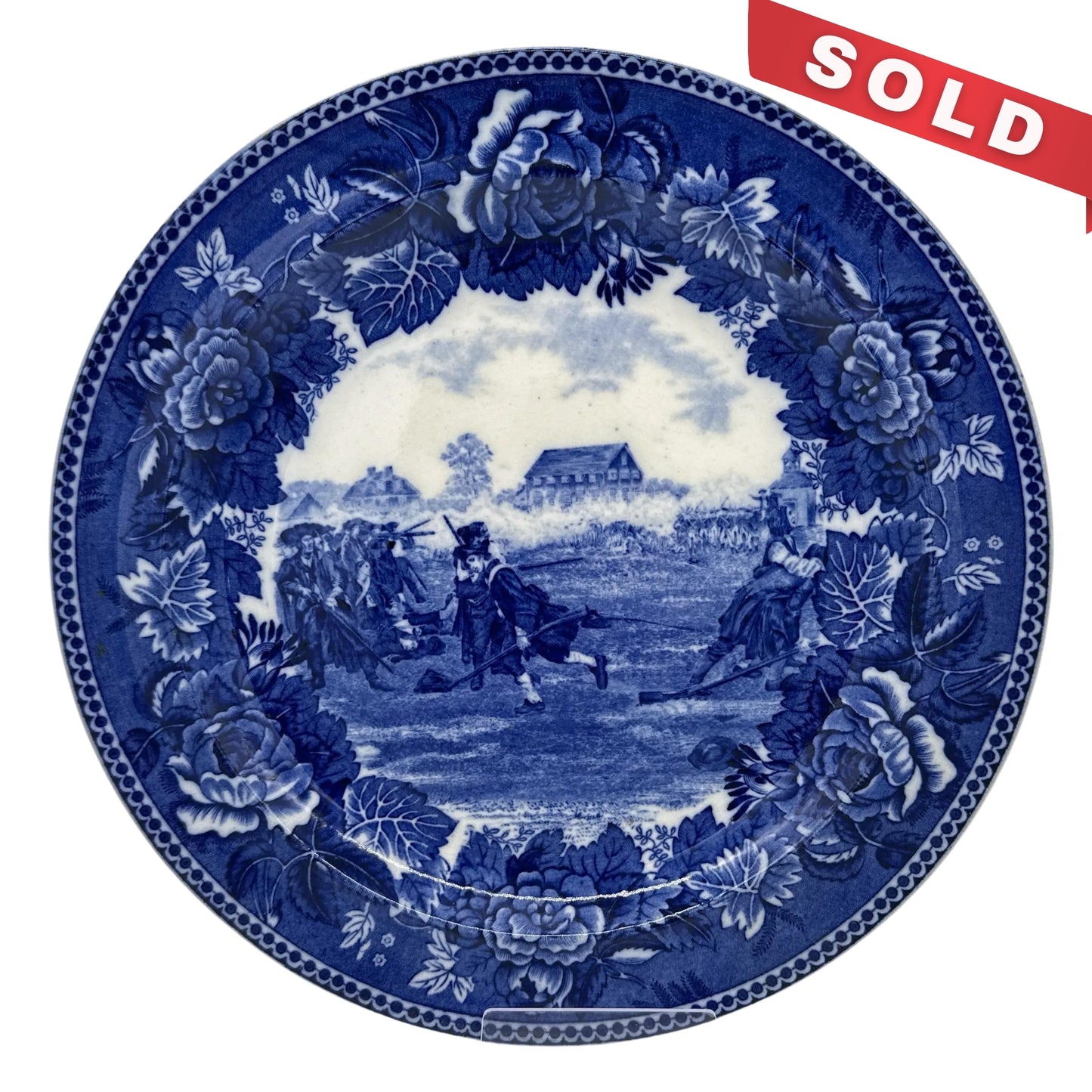
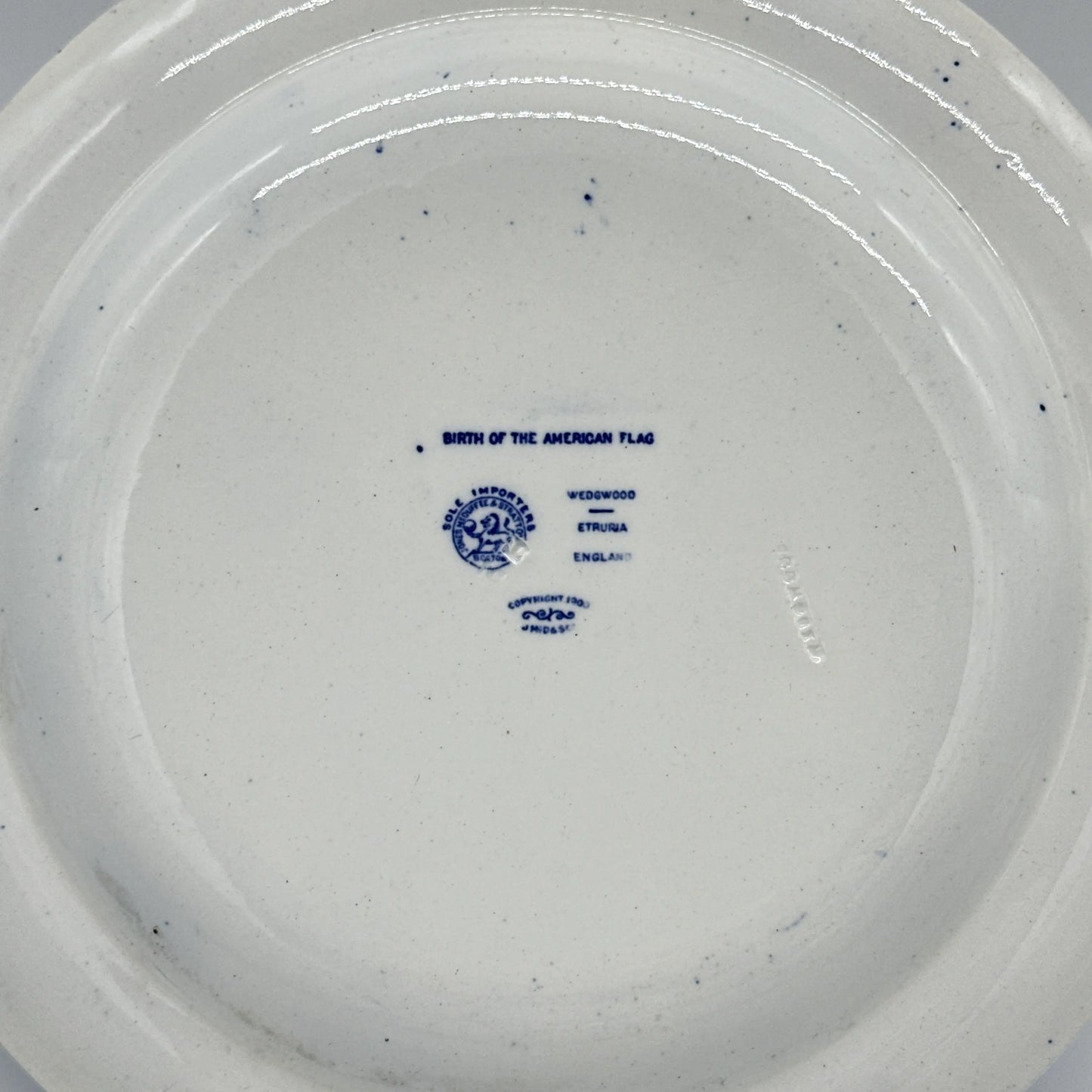
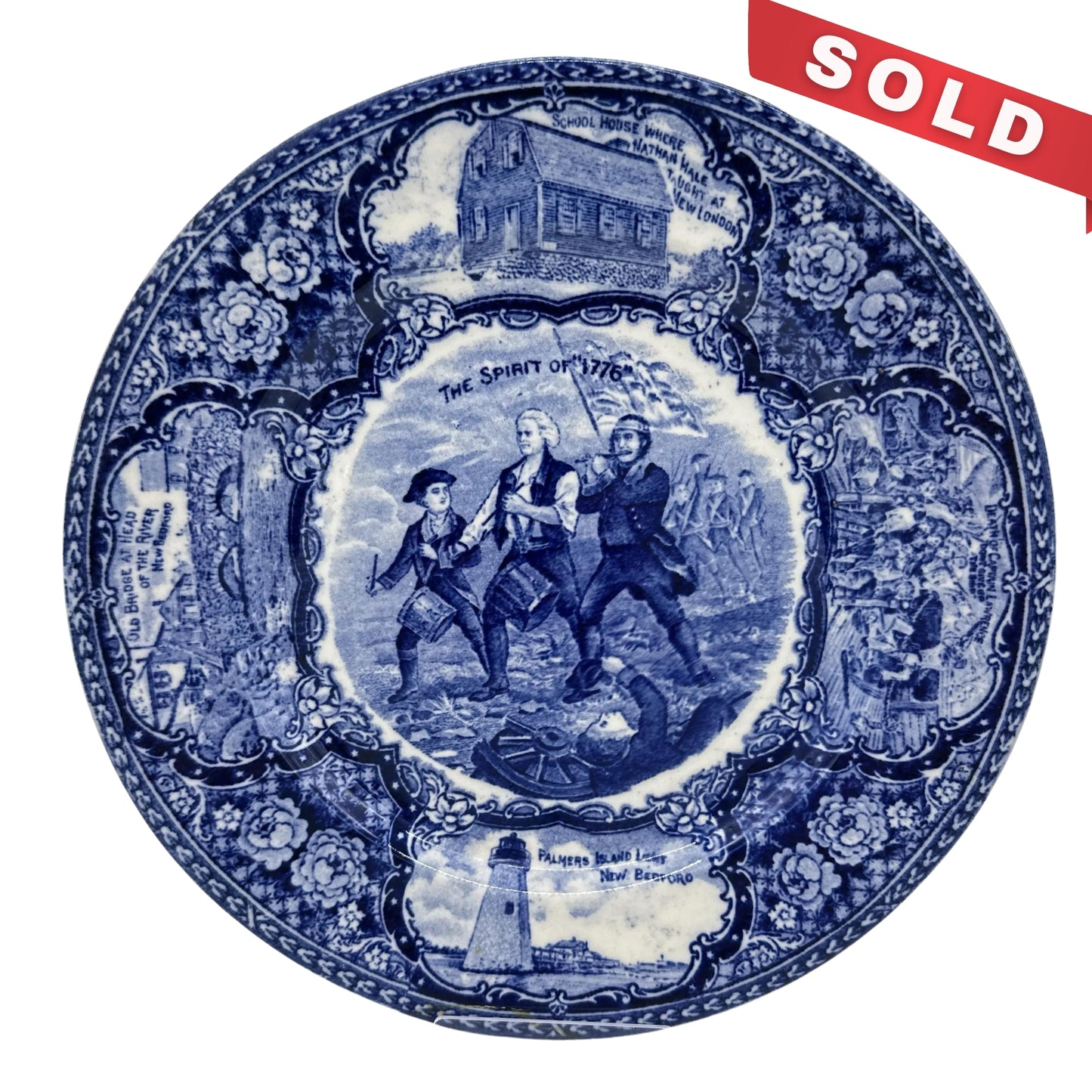
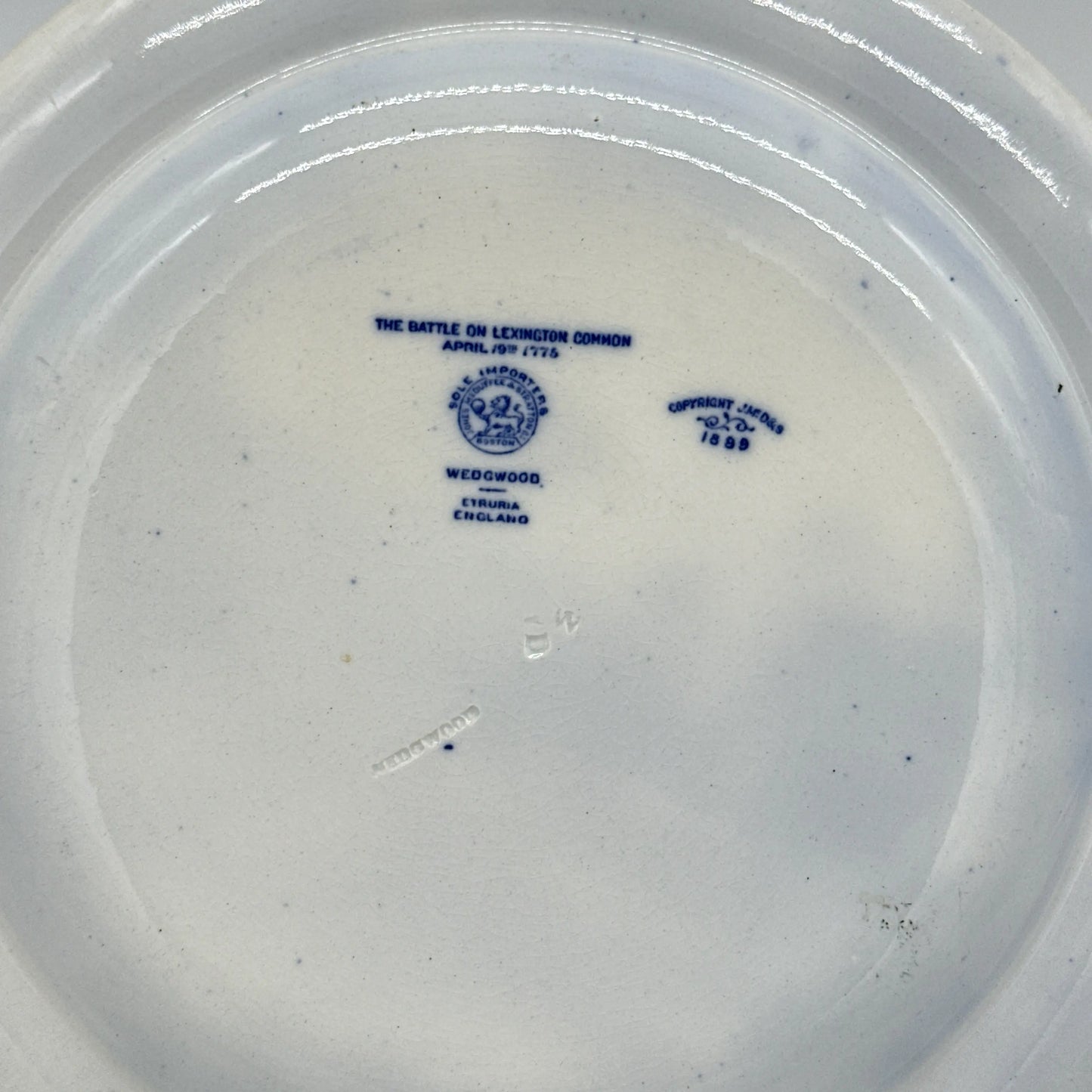
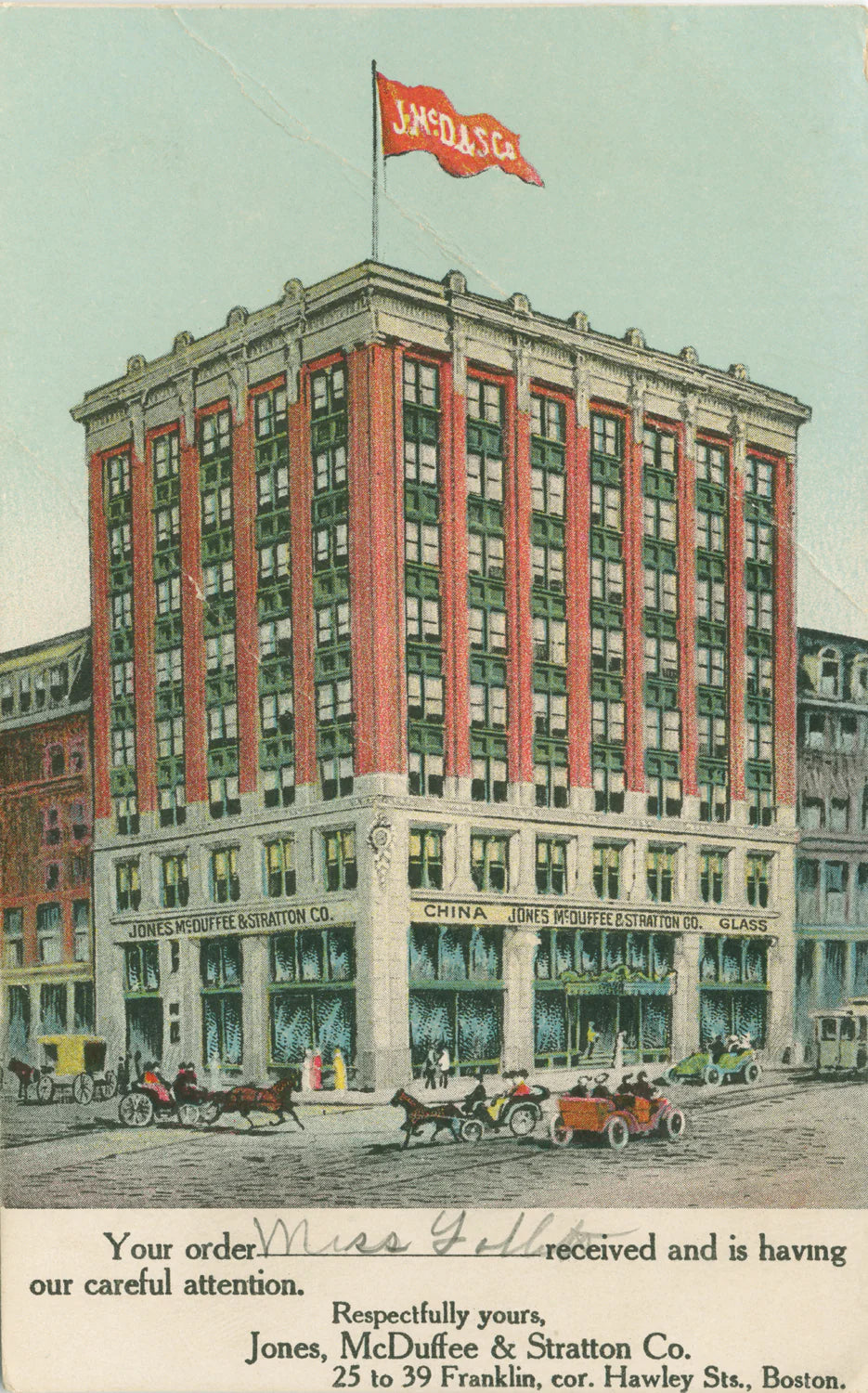
New in Rare Finds this week
-
WWII Red Cross Posters
"yes"
Sold out -
Sold out












